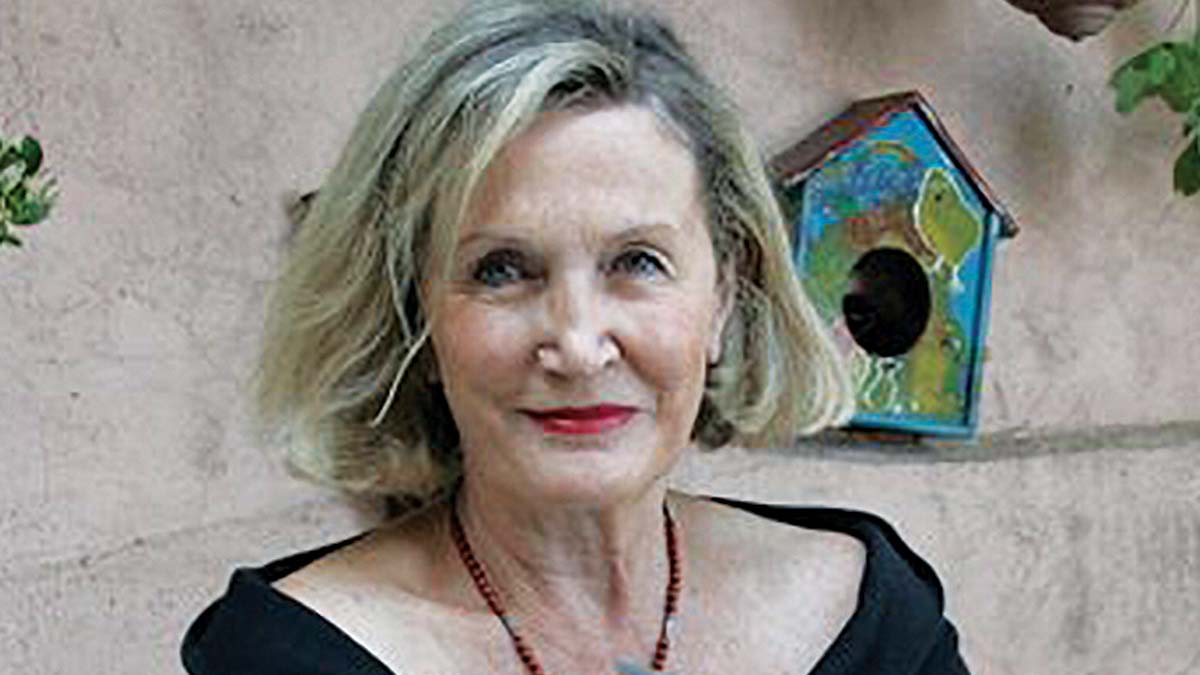AS I SEE IT
MARIANNE HERON
The rhetoric about right-wingers here is dismissive. They don’t represent us, we are told, they are motivated by hate, unlike other countries they will never have enough support to have political clout. They seem to merit no more attention that an annoying cloud of gnats. But the riots in Dublin City Centre were a long overdue wake-up call. To borrow a phrase from anti-immigrant protestors: “Enough is enough.”
Enough with the softly, softly approach to the of menace of right-wing activists, enough with the head in the sand approach which has ignored the growing threat from the hard right here in Ireland. It’s time to take note of ultra- right activities elsewhere and to see clearly the threat posed to open, democratic society and the way right wing action readily leads on to domestic terrorism.
If reminders are needed, look at the way rioters stormed the US Capitol on January 6, 2021 in the attempt to overturn the legitimate election of Joe Biden, rallied by Donald Trump and involving white supremacist groups like the Proud Boys. Or remember the attack by Brenton Tarrant, linked to white supremacist and far right ideology, on two mosques in Christchurch, New Zealand in which 51 Muslims were killed on March 15 2019.
Maybe it’s easy to be lulled into a false sense of security given the lack of a far-right political base here but elsewhere the far right has become normalised especially in the 2000s, with Marine Le Penns National Rally in France, Italian Prime Minister Georgia Meloni’s Brothers of Italy and the Our Homeland Movement in Hungary, plus the election of hard right politicians like Dutch firebrand Geert Wilders.
The threat of terrorism by the extremist right is growing, the Global Terrorism Index found a 320% increase in terrorism by the far right in 2019 while the 2023 Index found that extreme ideology was the motivating factor in a majority of attacks.
In Dublin there were two elements to the mayhem: hardcore right-wingers involved in an anti-migrant protest who saw the tragic stabbing of three children and their carer as the blue touch paper for the combustion that followed, and then the disaffected youth looking for trouble who responded to the rallying call from agents provocateurs.
The poisonous ideology of extremists is characterised by xenophobia, anti-immigration, racism, sexism, belief in accelerationism (fear that white local populations will be overtaken by immigrants). plus the use of violence aimed at overthrowing Governments.
Their recruitment drive is boosted by social media sites that help spread radicalisation and they benefit from international co-operation and planning between other far right activists and groups.
The EU is moving on co-operative measures to counter the threat with, stronger surveillance, longer sentencing for offences and crackdown on tech companies to stop hate speech, closing malign platforms and influencer sites might help too.
Dismissing the disaffected youths waiting for trouble or the next call from right activists as thugs and scum is sweeping the problem that we have failed to tackle under the carpet. It’s a problem that won’t be solved with body cams for our guards, borrowed water cannons or a blow from a riot baton – it needs prevention with a multi- faceted intervention.
In a sense society has failed them, with the sheer lack eeffective early initiatives, opportunities for involvement in training or apprenticeships and sport to prevent the shameful state that leaves young men in particular alienated. They want something from life and they are getting it the wrong way attacking frontline workers, looting, setting fire to vehicles, terrorising immigrants who, unlike themselves, want to work. When they have children, those children are at risk of becoming part of a repeating vicious cycle of deprivation and alienation.
These are the youths likely to get sucked into the drug scene, either becoming users or addicts or dealing as a means of making a living. Having drug treatment centres brings addicts and dealers to Dublin’s city centre, blights it rather than serving the communities where they are needed.
The failure of the alienated to belong is partly our failure too.

















